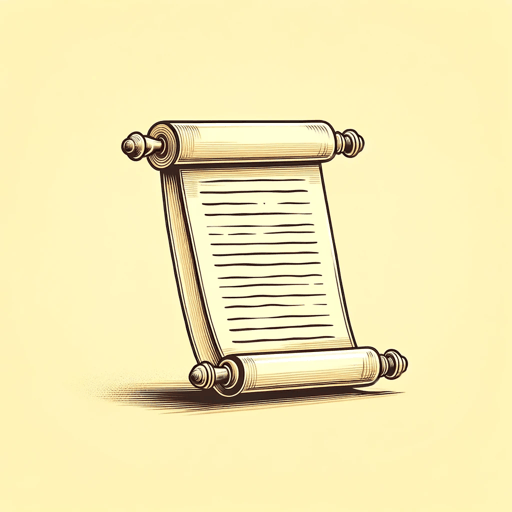57 pages • 1 hour read
Sinuhe, R.B. Parkinson (Translator)The Tale of Sinuhe: and Other Ancient Egyptian Poems 1940-1640 B.C.
Fiction | Novel/Book in Verse | Adult | BCEA modern alternative to SparkNotes and CliffsNotes, SuperSummary offers high-quality Study Guides with detailed chapter summaries and analysis of major themes, characters, and more.
Literary Devices
Anaphora and Repetition
The written literature’s close association with, and possible roots in, oral literature is revealed in the poetic devices of repetition and anaphora, the repeating of introductory phrases. Repetition is a device that aids memorization and helps speakers frame their message; it also serves to emphasize important information for an audience. This emphasis appears in “The Tale of the Shipwrecked Sailor,” when the sailor depicts his fellow crewmates as looking like lions, stressing the tragedy of their forthcoming deaths. A similar repetition is found in “The Tale of King Cheops’ Court” when the speaker describes how the gods attend the birth of the divine triplets born to Ruddjedet. The repeated acts and prophecies around each birth take on the power of a magical incantation or ritual.
In the discourses, anaphora is used to link related ideas and images, especially images of chaos, disorder, or destruction. “Dialogue of a Man and his Soul” uses the device of anaphora to repeat full phrases that express lament, while “The Dialogue between Ipuur and the Lord of All” uses repeated initial phrases and vocatives like “O” to link his litany of woes.

